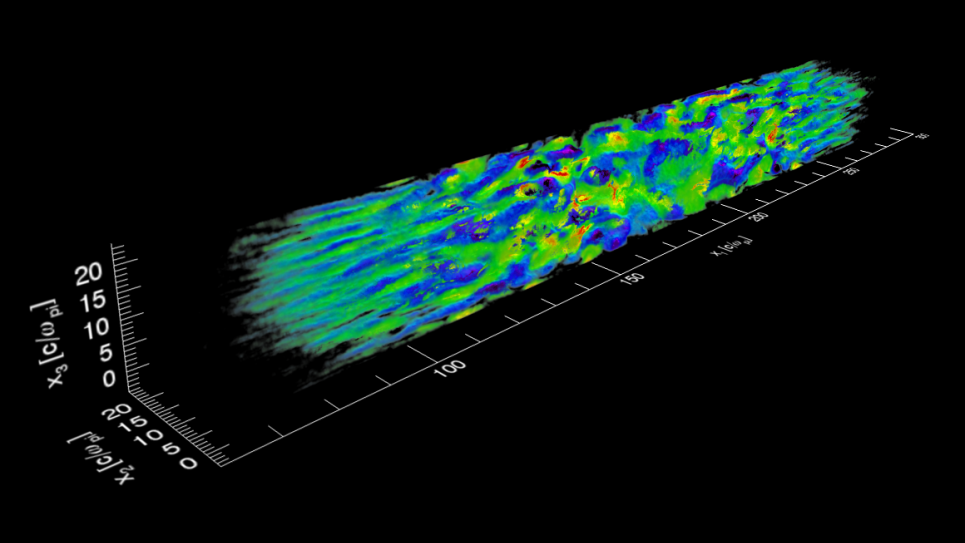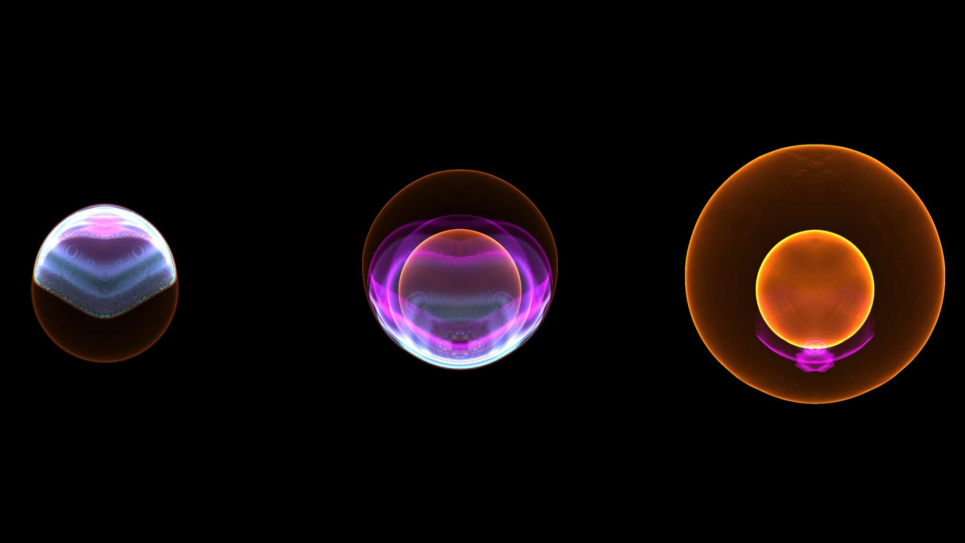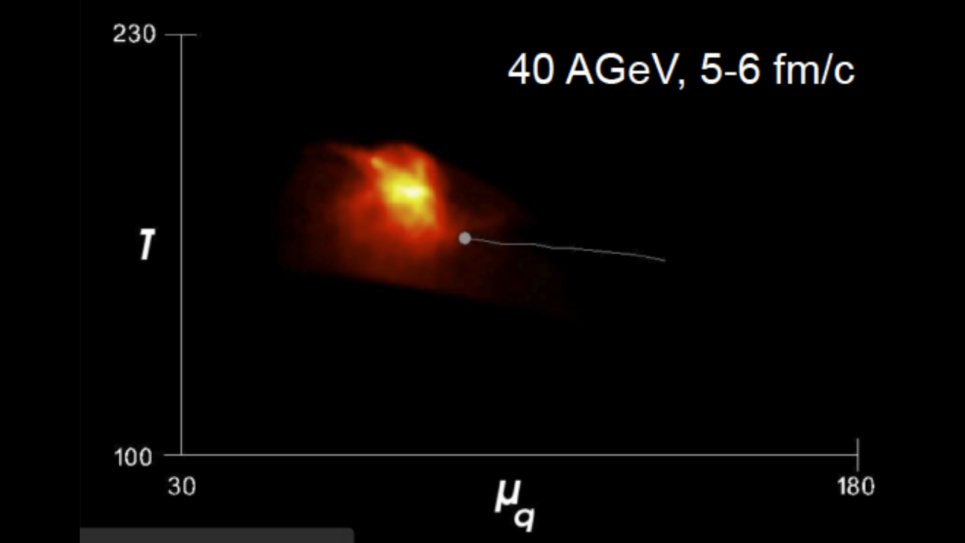
Particle Acceleration in Shocks: From Astrophysics to Laboratory In Silico
Particle acceleration in astrophysical shocks is believed to be one of the most important sources of energetic cosmic rays. This project aims to answer two important science questions recently highlighted by the U.S. National Academy of Sciences: What are the acceleration mechanisms for cosmic rays? Can we generate relativistic shocks in the laboratory and mimic these extreme cosmic accelerators?
Computational modeling is critical in addressing these questions to gain an understanding of the physical mechanisms behind shock formation and particle acceleration and to establish the conditions whereby these shock waves can be excited in the laboratory and explored for different applications. To this end, the research team has already produced results demonstrating that laser-driven shock waves can accelerate proton beams with the potential— when augmented by moderate laser intensities—to reach energies relevant for cancer therapy
The researchers are employing the state-of-the-art, relativistic, and massively parallel particle-in-cell code OSIRIS (and its recently incorporated hybrid model) to develop massively parallel and fully kinetic first-principles simulations. Project goals include (1) understanding the conditions that are needed for the formation of collisionless shocks; (2) understanding the dominant particle acceleration mechanisms in shocks; and (3) identifying the setups to probe this physics for the first time in the laboratory. These efforts will trigger unique scientific results and open new avenues for research on the fundamental processes associated with shock formation, propagation, and particle acceleration, enabling reproduction in the laboratory of conditions found in gamma-ray bursts, supernovae, and other extreme astrophysical events.

